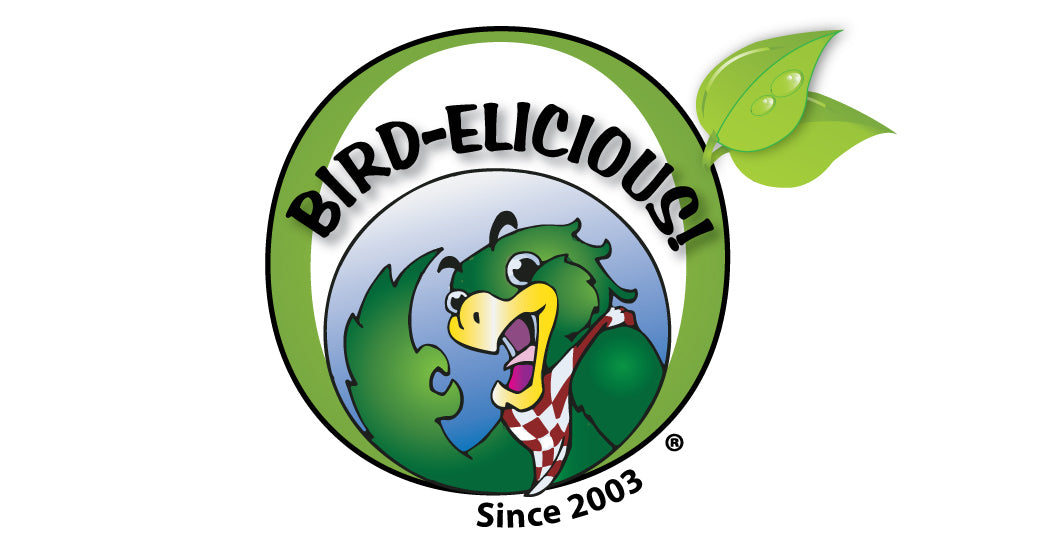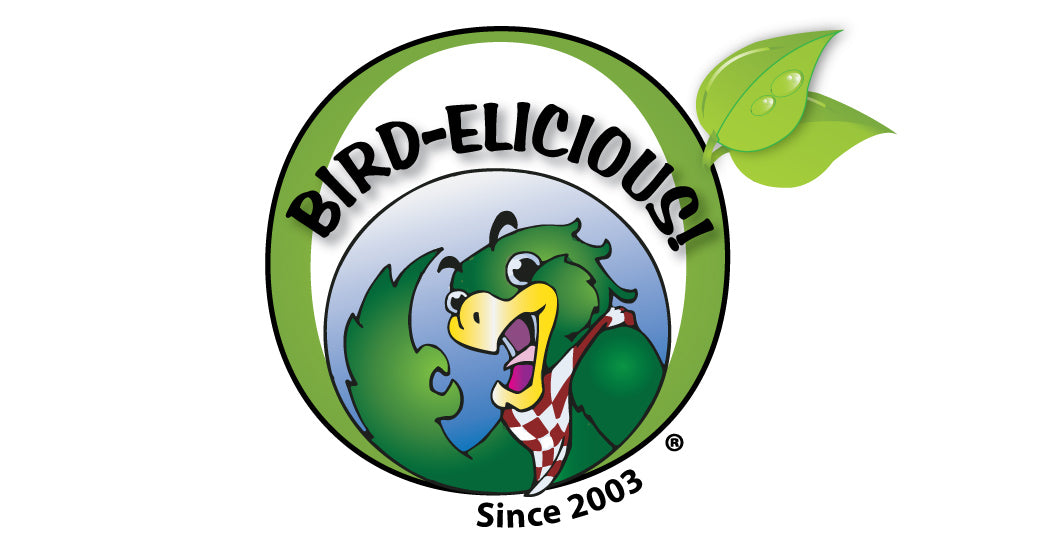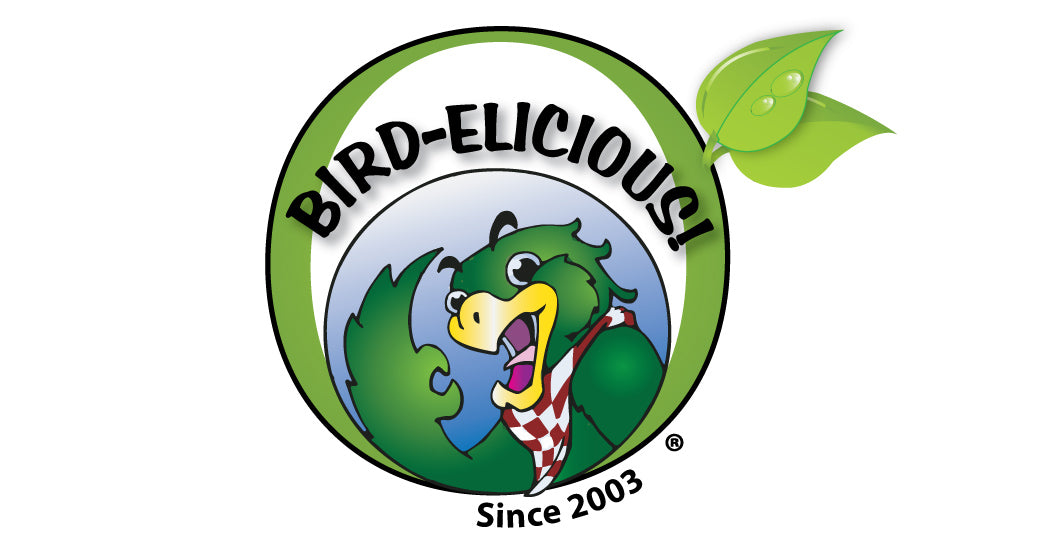I’ve been wanting to tackle this topic for a long time! Now is the day!
As many of you know I believe exotic birds consume mostly tropical fruits, the seed within those fruits, insects and larvae, tender bark on the growing branches on which they perch, clay and “tender greens” of herbs, small, leafy vines, and grasses in their indigenous habitats whether they live in the Rain Forests or the Arid Forests. I believe their digestive tracts require the “hemicellulose” fiber found in these tender greens for proper digestive abilities. Microgreens provide exactly that kind of fiber!
Hemicellulose gently flushes their digestive tracts cleansing them of any possible toxins they have picked up along the way of consuming other vital nutrients. In addition hemicellulose also delivers vital digestive enzymes, Omega 3 fatty acids, vitamins and minerals without leaching those nutrients out of their digestive tract as the greens that contain this fiber gently passes through. Hemicellulose is a “soluble” fiber, meaning it is broken down by the digestive acids and other moisture in the digestive tract. It also emulsifies in the digestive tract causing the digestive tract to retain the nutrients in the tract for a slightly longer period of time so the nutrients within the food can be thoroughly absorbed before the remnants or “waste” of the greens are eliminated.
“Cellulose” found in botanical vegetables does not allow any of these features, but instead is an insoluble fiber that cannot be broken down by digestive acids stripping the nutrients from the digestive tract acting as a laxative, rapidly moving through the digestive tract and does not allow for the retention of nutrients. Due to the fact that parrots do not produce “cellulase” the digestive acid necessary to break down cellulose, nor do they have a cecum, the blind-ended sacral organ needed to degrade cellulose into a liquid for reabsorption into the metabolic system, parrots should not consume foods high in cellulose. Cellulose actually “bulks” up the narrow digestive tract of an exotic bird’s short and narrow digestive tract stretching out the muscles while depleting the very calcium that tones those muscles. I believe this is one reason why some birds are diagnosed with prolapse while some female birds experience “egg binding” with no muscle strength to push their eggs out along with eggs that are soft-shelled due to lack of calcium in their systems.
When tender greens are fed in the diet along with sprouted items reducing phytates in those items, in addition to a good, balanced diet consisting of other calcium / magnesium rich foodstuffs having a proper “real” protein, not the crude protein “nitrogen extracted” level*, exotic birds are more likely to maintain the correct blood calcium level they require for overall systemic calcium needs without calcification of soft tissues or the “pulling” of calcium from bones to meet their metabolic calcium requirements. However, do try to choose greens that are lowest in oxalates due to the binding of calcium from existing oxalates. Some of the lowest oxalate contents in herbs can be found in basil, parsley, thyme, rosemary, chives, dill, mustard and oregano. *In my book “You Can’t Take the Rainforest Out of the Bird” I explain the difference between “real protein” and “nitrogen extracted protein” levels.
In order to offer the greatest amount of nutrition microgreens really should be grown in organic soil. Roots pull minerals from the soil they grow in. If soil is not present then they have no source from which to pull nutrients; it’s just that simple. You can either gently pull the tender greens and rinse off the soil using the entire green as food, or cut just above the soil line, rinse and serve in that manner. I suggest serving greens fresh due to the fact that moisture in food aid in driving nutrients into all soft tissues and deep into the cellular level. However, if you have grown a large volume of greens that you want to serve later you can simply dehydrate at a low heat of 115 degrees or less allowing for the preservation of the delicate digestive enzymes, delicate Omega 3 fatty acids, and volatile fat and water soluble vitamins.
I have run across a couple of websites where you can purchase heirloom organic seeds for herbs AND flowers. You will need to do your homework regarding the flowers that are “edible” for exotic birds, but nonetheless the website has a wonderful array of seeds to choose from! The name of the company is “Seedsavers” and it is non-profit which is definitely is bonus in my opinion: http://www.seedsavers.org/s.nl/sc.12/category.158779/.f?fromsla=T
I have also run across a website where you can purchase organic pH balanced soil, growing trays and growing racks with UV lights: https://www.growingmicrogreens.com/growing-supplies/soil
While I’m on the subject of “pH-balanced”, evidently microgreens are super sensitive to alkaline water. Therefore it is recommended that they be watered with slightly acidic water. I suggest that something like Arrowhead Spring water be used. It has essentially the correct pH level recommended for growing microgreens 6.0-7.0 pH. (Ref: http://www.microgreengarden.com/water)
©2015.6.27 Machelle Pacion Passion Tree House LLC All Rights Reserved TheBestBirdFood.com




Leave a comment (all fields required)